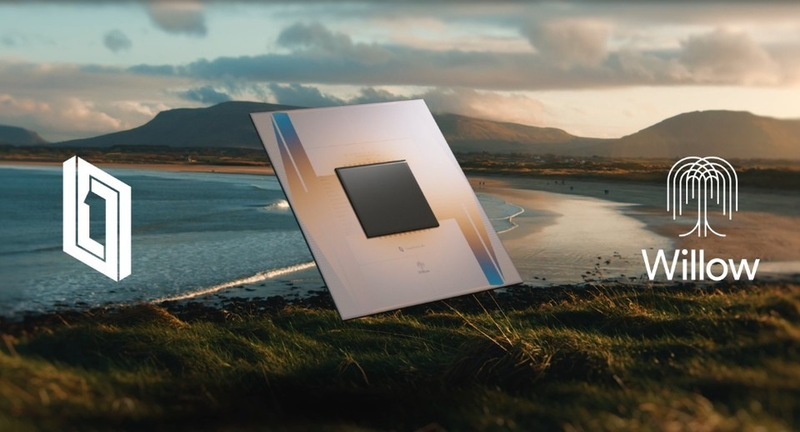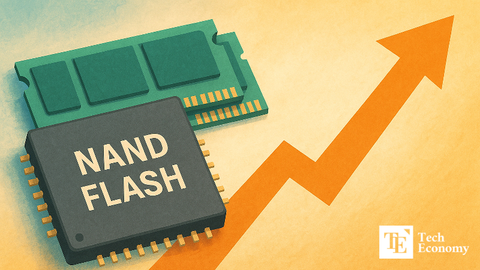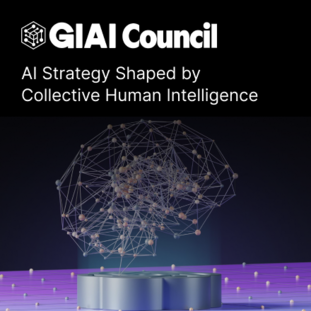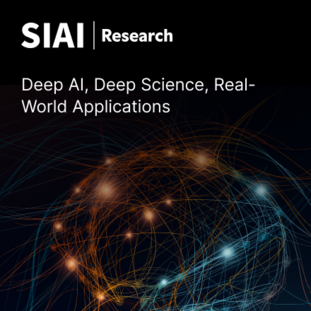Quantum Computers Overcoming Chronic Challenges — Could This Mark the Beginning of Commercialization?
Input
Modified
USC Research Team Demonstrates ‘Quantum Supremacy’ Using Quantum Annealing Big Tech Firms Like Google Achieve Progress in Reducing Quantum Computing Errors Expectations for Commercialization Grow as Longstanding Limitations Are Overcome

A recent study has found that quantum computers—often dubbed the “technology of dreams”—have outperformed conventional supercomputers in solving specific optimization problems. This latest research marks another demonstration of "quantum supremacy," fueling growing expectations around the potential commercialization of quantum computing. In parallel, scientists have made progress in addressing the longstanding issue of quantum error correction, strengthening the outlook that quantum computing may soon be applied to real-world problem-solving. However, some experts remain cautious, noting that significant technical barriers and system stability challenges still persist—suggesting that full-scale practical deployment may still take considerable time.
Quantum annealing Outperforms Supercomputers in Solving Complex Optimization Problems
On April 30 (local time), international media including Mirage News reported that researchers at the University of Southern California (USC) had demonstrated a major breakthrough in quantum computing. Published in Physical Review Letters, the USC study confirmed that quantum annealing—a form of quantum computing—outperformed classical state-of-the-art algorithms in solving complex optimization problems.
“This marks a significant milestone,” the USC team stated, “because it shows a ‘quantum advantage’ in a realistic computational environment.” While theoretical support for quantum annealing’s benefits in optimization has existed for years, empirical proof of a performance edge remained elusive. USC researchers succeeded by shifting focus: rather than finding exact solutions, they targeted near-optimal ones (within 1% of the best possible value), making scalable quantum advantage demonstrable.
Despite the promise of quantum annealing, error rates remain a major hurdle. Quantum computers rely on qubits, which are extremely sensitive to environmental disturbances such as vibration, temperature changes, and electromagnetic interference. As the number of qubits increases, so too does the risk of computational errors—a paradox that researchers refer to as the “scaling dilemma.”
In 2023, Harvard’s Mikhail Lukin tackled this issue in neutral atom quantum computing by building stable "logical qubits" using optical tweezers. During a visit to South Korea, Lukin emphasized, “Quantum systems have historically been plagued by cumulative errors during repeated operations. But we’re now developing tools to catch and correct those errors in real time.”

Google’s Quantum Supremacy—and Error Correction Breakthrough
Big Tech is also pushing ahead. In December 2023, Google claimed its quantum computer—equipped with its self-developed Willow chip—outpaced the world’s most powerful supercomputer, Frontier, in a performance trial. The problem in question would take a classical supercomputer 10 septillion years to solve, but Google's quantum machine completed it in minutes.
Key to this leap was the Willow chip’s architecture: 105 interconnected qubits capable of real-time error detection and correction. Reuters called this development “a pivotal moment in making quantum computing practical,” while The New York Times praised it as evidence that “the long-held dream of useful quantum machines is steadily materializing.”
Google is now collaborating with NVIDIA through its Quantum AI division to further improve error-resilient quantum hardware. Their next-generation systems integrate Google's quantum design with NVIDIA’s Eos supercomputer and CUDA-Q platform—an essential toolkit for GPU-accelerated quantum algorithm testing and simulation.
The scientific and industrial communities agree that these advances are meaningful. Quantum annealing, in particular, is gaining attention for its potential to revolutionize logistics, energy grids, and finance by solving optimization problems previously out of reach.
Many experts believe that commercially viable quantum applications may arrive before the 2030s, driven by incremental gains in performance, growing private-sector investment, and continued refinement of quantum architectures.
Yet a vocal group of skeptics urges caution. Yann LeCun, Meta’s Chief AI Scientist, recently remarked, “Quantum computing is an exciting field, but I remain unconvinced about its near-term utility.” Similarly, Oscar Painter, Head of Quantum Hardware at AWS, warned, “There’s a tremendous amount of hype, and it’s becoming harder to distinguish between optimism and unrealistic expectations.”
Rethinking the Hype: The Balance Between Progress and Realism
As progress in quantum computing accelerates, a growing number of researchers are leaving the field, citing burnout and a mismatch between promise and practicality. Yuval Boger, Chief Marketing Officer at startup QuEra, put it bluntly: “We need a recalibration of expectations. The development of quantum computing remains important, but we must strike a balance between ambition and grounded realism.”
In conclusion, while quantum computing continues to achieve landmark breakthroughs—from error-correcting chips to scalable optimization solutions—the journey toward full commercial viability remains uncertain. Whether this emerging field delivers a revolution or simply a niche complement to classical computing will depend not just on scientific progress, but on our ability to manage expectations along the way.




















